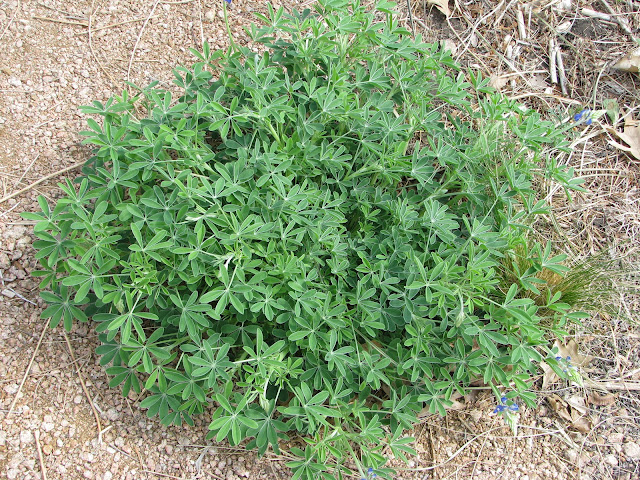It's spring and that means it is time for spring plant sales. My favorites are the native plant sales because you can get plants that you will not find in nurseries and garden centers.
If you have never been to a native plant sale, there is something you should know. The plants are not usually grown in artificial conditions with chemical fertilizers and pesticides so they will not be as lush and covered in huge flowers like the plants you are used to seeing at home centers and chain nurseries.
Native plant sales are frequently a means of raising funds for local chapters of Native Plant Societies. The plants are often dug from the member’s personal gardens and potted a few weeks before the sale so the plants can regrow roots and look presentable before the sale date. Some of the plants may be coming out of dormancy since they were probably not grown in a greenhouse. But, since the plants came out of a nearby garden, you are almost guaranteed that the plant will grow in your garden.
If you have questions about the plants, ask. The volunteers at native plant sales are knowledgeable and are more than willing to share their knowledge with you. Take notes if you need to. At a minimum, make sure you get the names of the plants you buy. When you get home, you can research the plants on the internet before you plant them. A good source of information is the Lady Bird Johnson Wildflower Center. Native plants, just like any other plant, will not do well and may not survive it you plant them in the wrong location. The key to success is to know the needs of the plant.
Now for the sale information. The Native Plant Society of Texas compiled a list of native plant sales occurring across the state this spring. Click here for the NPSOT list.
Below is my own list of some of the DFW plant sales where you may find me buying plants. Click on the links for additional details. Most of the organizations will post a list of available plants as the sale date nears. Admission is free for all of the plant sales listed below.
Saturday April 2, 2011, 9:00 AM – 11:00 AM. Calloway’s Perennial Swap. This is a free plant swap at the Calloway’s stores in Plano and Hurst and the Cornelius store in Houston. I have gone to this event twice. Most participants will share their plants with anyone that wants them and they do not have a “I will give you this if you give me that” attitude. The plant swap is an opportunity to meet fellow gardeners and share your excess plants with others instead of throwing them in the compost pile. I wonder what became of the switchgrass and side oats gramma I shared a couple of years ago. Follow the link for the swap list.
Saturday April 2, 2011, 9:00 AM – 2:00 PM. Spring Plant Sale at the Fort Worth Botanic Gardens. Several groups/individuals will have native and introduced plants available. The North Central Chapter of the Native Plant Society of Texas will offer native plants for sale. This is probably one of the biggest and best sales in the area. They have a fall sale as well.
Saturday April 9, 2011, 10:00 AM – 2:00 PM. Denton Redbud Festival. Several events will take place at the Redbud Festival, including a native plant sale by the Trinity Forks Chapter of the Native Plant Society of Texas.
Saturday April 16, 2011 9:00 AM – 5:00 PM and Sunday April 17, 2011 1:00 – 5:00 PM. Heard Natural Science Museum and Wildlife Sanctuary. This is a big sale in Collin County with mostly native plants. You can walk through the native display gardens for free, but there is an admission if you want to go through the museum or sanctuary grounds. Follow the link for a list of available plants.
Saturday April 16, 2011 9:00 AM – 3:00 PM. Collin County Master Gardener’s Association. Includes non-native plants as well as some native and A&M hybrids of native plants.
Saturday April 30, 2011 7:00 AM – 3:00 PM Garland Chapter of the Native Plant Society of Texas Plant Sale. First Christian Church, located at 115 S. Glenbrook Drive in Garland.
Saturday May 21, 2011, 10:00 AM – 2:00 PM. Texas Discovery Gardens Butterfly Plant Sale. This is the place to get plants for your butterfly garden. They frequently have some uncommon butterfly plants, but they go quickly. Sometimes they have wafer ash, but I have never been able to get one. Maybe this year.
No sale date announced. Molly Hollar Wildscape in Arlington may have a sale this spring. They have not posted any information on their website yet so mark their website and follow up later. They usually have some harder to find natives. I bought a Hercules Club tree at their sale a couple of years ago.
See you at the sales!















